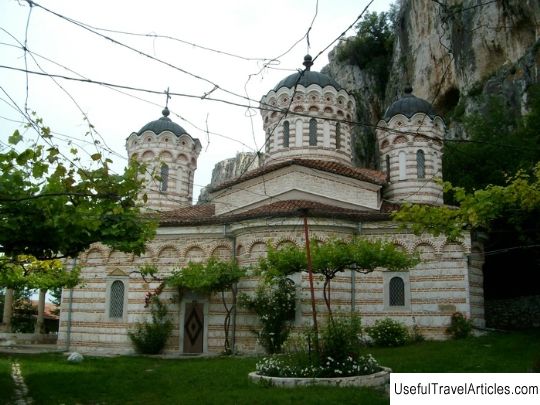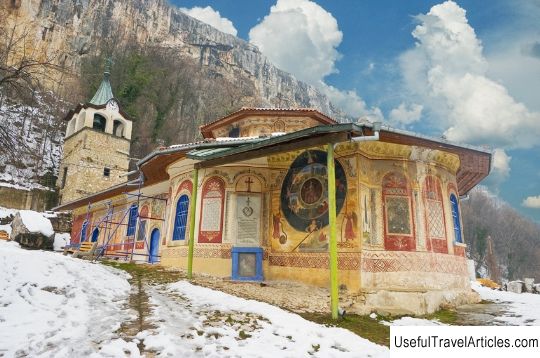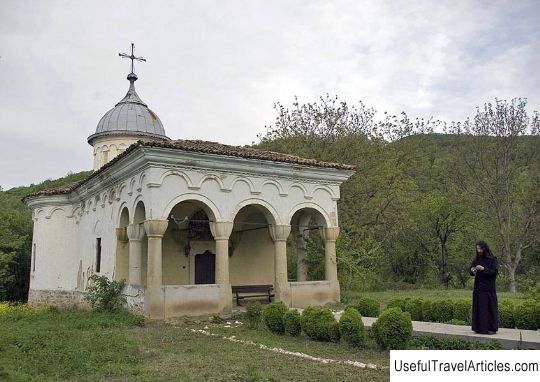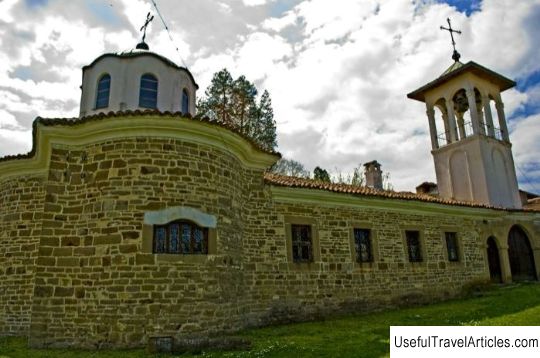Kilifarevo monastery description and photos - Bulgaria: Veliko Tarnovo
Rating: 9,2/10 (1320 votes) 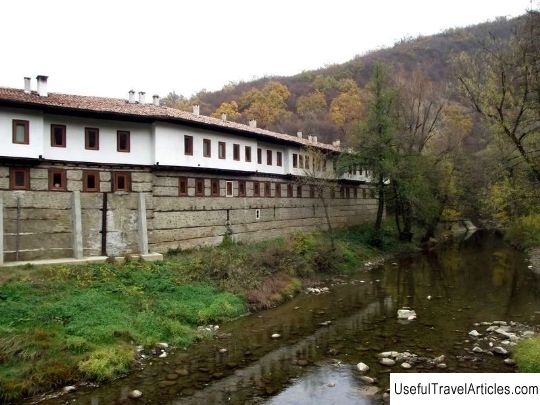
Kilifarevsky monastery description and photos - Bulgaria: Veliko Tarnovo. Detailed information about the attraction. Description, photos and a map showing the nearest significant objects. Photo and descriptionThe Kilifarevo Monastery is located 12 kilometers from Veliko Tarnovo and 4 kilometers from Kilifarevo. The Belitsa River flows not far from the monastery. The holy monastery was declared a cultural monument. The monastery was built in the period from 1348 to 1350, initially the building was located on a hill next door. The founder of the monastery was the priest, scribe and educator Theodosius Tarnovsky. To transform the monastery into a large and important center of medieval literature and education in Bulgaria, Tarnovsky turned to the ruler, Tsar Ivan Alexander, for help. Thus, many authors concentrated in the monastery, who began to translate service books, sermons, chronicles. They diligently compiled collections of the lives of Serbian, Greek and Bulgarian saints. Each of the authors could easily cite ancient philosophers such as Thucydides, Homer, Plato and Aristotle. Since 1360, there was also a literary school at the Kilifarevsky monastery, in which more than 400 students were trained. The most famous was Euthymius Tarnovsky, the future Bulgarian patriarch. During the invasion of the Ottoman Turks, the monastery was destroyed to the ground. By 1718 the monastery was restored, but in a new place. The current one-nave church with a dome was erected by the architect Colio Ficheto, who was invited in 1840. For the project of the church, the architect chose a restrained and austere style, not without the grace of forms: the perfect external decor includes blind two-stage niches and a decorative frieze that gives the impression of artistic woodcarving. By 1842, the construction of the temple was completed, and a year later, the interior decoration was completed. The golden iconostasis was created by the father and son, the Vasiliev carvers from Tryavna. The icons were painted by Tryavna masters Koev, Simeonov, Popvitanov. In 1849, two Renaissance-style residential buildings were added to the monastery complex.     We also recommend reading Antoniev Monastery description and photos - Russia - North-West: Veliky Novgorod Topic: Kilifarevo monastery description and photos - Bulgaria: Veliko Tarnovo. |

